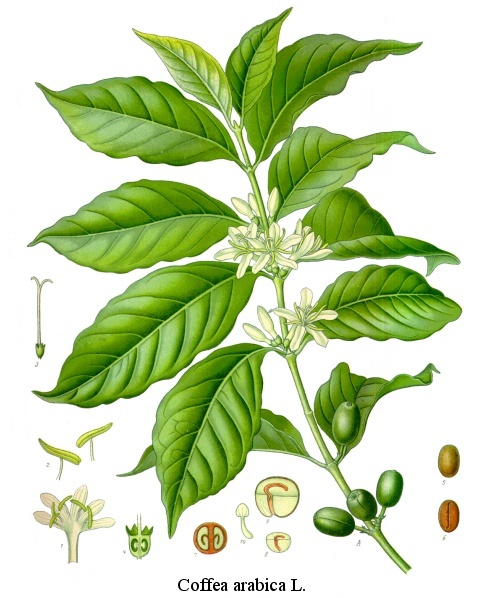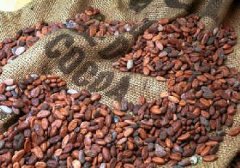Coffee cultivation technique A tropical cash crop that is easy to cultivate
I. Overview
Coffee, cocoa and tea are called the three major beverages in the world, and their output, consumption and output value all rank first. In addition to being used as a beverage, coffee can also extract caffeine and coffee oil; in medicine, it can be used as an anesthetic, stimulant and diuretic cardiotonic agent. Coffee pulp can be used to make wine, vinegar and pectin, to make molasses; dried pulp can be used as animal feed; dried fruit shell can be used as fertilizer, fuel, hard fibreboard; flowers contain essential oils, which can extract high-grade spices.
Coffee is a tropical cash crop that is easy to cultivate, with low management cost, early income and high output value. The rising stars can be harvested in the year of planting, and those who are well managed can be harvested in 20 to 30 years. There are superior natural conditions for the development of coffee production in China. Yunnan, Hainan and Guangdong all have large areas of suitable tree-planting land and rich labor force. In recent years, with the improvement of people's living standards and the development of open tourism, China's coffee consumption is gradually increasing.
Domestic production is no longer enough to supply the market, so it is necessary to import coffee every year, so the development of coffee production is of great significance to meet the growing living needs of the people, domestic demand, save foreign exchange and support national construction.

Chinese coffee was first introduced to Taiwan in 1884. In 1908, overseas Chinese brought back large and medium seeds from Malaysia to Hainan Island. From 1912 to 1935, overseas Chinese brought coffee back to Hainan Island from Malaysia, Indonesia and other places for trial cultivation. After liberation, coffee production has developed greatly. In the early 1960s, the planting area of Hainan reached 40, 000 mu, and then most of it was lost due to various reasons. In 1987, coffee production developed rapidly, with a total area of more than 230000 mu, but the price of coffee was low in recent years. 570000 mu, with an output of 889 tons of dried beans.
Important Notice :
前街咖啡 FrontStreet Coffee has moved to new addredd:
FrontStreet Coffee Address: 315,Donghua East Road,GuangZhou
Tel:020 38364473
- Prev

Arabica coffee beans mature from June to August.
Every winter (dry season) is the harvest period of coffee beans, coffee trees after three to four years of growth, gradually mature, began to bear fruit, fruit next to the branches arranged in a string or cluster. Coffee beans wrapped in red skin inside, as soon as red can be picked. Most Arabica beans mature between June and August, and Roberto beans between September and October. Therefore,
- Next

Cultivation techniques and Biological habits of Coffee Tree
2. Biological habits (1) Botanical characteristics (2) growth and flowering habits (3) requirements for environmental conditions (1) Botanical characteristics 1. Root coffee root is a conic root system, its morphology, distribution and depth vary with agro-technical measures, soil conditions and varieties. In the case of a political party, there is a thick and short main root and many developed lateral roots. According to the observation in Hainan Island
Related
- Beginners will see the "Coffee pull flower" guide!
- What is the difference between ice blog purified milk and ordinary milk coffee?
- Why is the Philippines the largest producer of crops in Liberia?
- For coffee extraction, should the fine powder be retained?
- How does extracted espresso fill pressed powder? How much strength does it take to press the powder?
- How to make jasmine cold extract coffee? Is the jasmine + latte good?
- Will this little toy really make the coffee taste better? How does Lily Drip affect coffee extraction?
- Will the action of slapping the filter cup also affect coffee extraction?
- What's the difference between powder-to-water ratio and powder-to-liquid ratio?
- What is the Ethiopian local species? What does it have to do with Heirloom native species?

